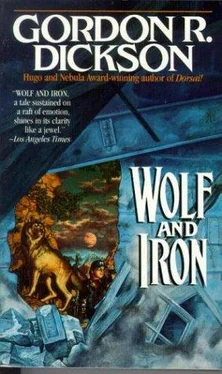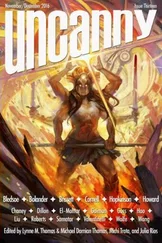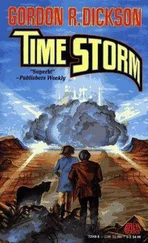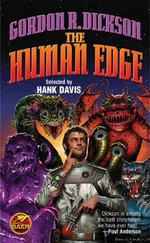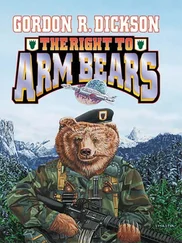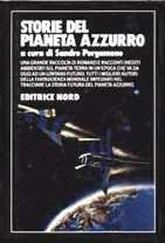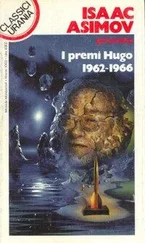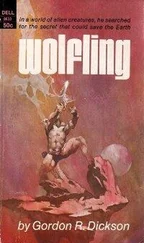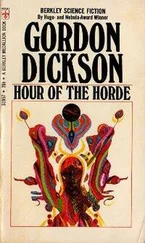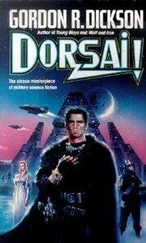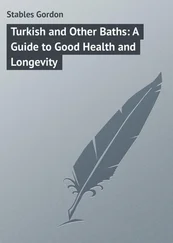The rest of the work was all at the forge. He had to do some forge work on the steel spring to put it into a slightly recurved bow shape. He also had to make the steel stirrup and the rivet that would hold it. Then, there was the trigger, which was a length of metal bent twice, once semiparallel below the stock to be pushed up against the stock to trigger the nut above in the opposite direction, pivoting over a pin halfway up the slot and pressed against a notch in the bottom of the nut, where it was held in place against the tension of the bowstring, once it was strung. To fire the bolt, he could then just pull up on the trigger, depressing the sear at the trigger’s far end and releasing the nut, which would then rotate and let the bowstring fly forward.
The last part of the mechanism he worked on at the forge was the nut itself. This was essentially a thick circle of metal, as wide as the stock, and with a pie-shaped cut taken out of it where the bowstring would loop over it, and a slot through it so that the bow could notch to the string, ready for firing.
He also added the useful, though not completely necessary item of another spring-steel finger bolt, secured on the bottom of the stock, to provide cocking tension to the exposed part of the trigger to fire the bow.
There was only a little extra forge work required once the bow itself had been made and assembled. This consisted of forging broadhead points for the hardwood shafts—made from leftover parts of the mantel—together with a forge-rolled section behind it that could be glued to the front of the shaft. The shaft also had fins, where a plain bolt would have had feathers, and these he made of wood and also glued on. The glue was something that Merry knew how to make out of cattle hooves.
The glue gave off an almost unbearable smell in the making—which fascinated Wolf—but when done worked very well for Jeebee’s purposes, not only in making the crossbow but in other instances where glue was useful.
All in all, the making of the crossbow was a fairly straightforward procedure. But it ended up taking Jeebee a number of weeks, counting the time involved in obtaining the necessary parts from the car and the ranch house and doing the work of assembly. One of his last jobs was stringing the bow before it was attached to the stock.
Since the bow had, he estimated, between eighty and a hundred and ten pounds of pull, he would barely be able to cock it with his foot in the stirrup and lifting up on it. Stringing the bow in the first place was therefore a problem. It was solved by putting the forged bow stave across a couple of logs and placing on top of it a long lever of a narrow log, with a rock holding down the short end of the lever that was heavier than the bow pole’s weight.
With this done, Jeebee was able to push down on the long end of the lever and weight it with another rock. This bent the steel bow stave to the point where he could loop the ready-made brake-cable bowstring over its tip, onto the leather cushioning that he had wrapped around the bow ends where the loops of the string would rest.
Finally assembled, and with about a half-dozen bolts made, with the broadhead points, the wooden vanes glued in, and butt caps made of cartridge casing, he tried it out.
He had brought a piece of three-eighths-inch plywood up from the ranch that compared, according to his memory, with the one that had been used as a target when he had first seen and fired a crossbow. He cut it in half, putting one piece loosely behind the other, since he did not want to lose the bolt if it indeed went all the way through, as he had lost the first bolt of the crossbow he had been allowed to fire several years back. Now, he cocked the device, put the bolt in the slot, and aimed at the plywood from an easy fifteen yards of distance.
The crossbow exceeded expectations. It went clear through the outer piece of plywood and its point penetrated at least a third and possibly half of the way through the second piece, so that he had to cut the wood around it before he could wriggle it out.
In the immediate days following, he practiced with his crossbow whenever he had spare time; and at last became reasonably accurate with it.
He was very pleased with this addition to their armory. He had wished for another rifle that Merry could keep with her while he was gone. While making the crossbow, he had thought that perhaps he could leave the crossbow or the rifle with her. Accordingly he let her try her marksmanship with the crossbow. But it soon became obvious that if he left either weapon with her, it would have to be the rifle.
It was strange. Merry, who was literally a superb shot with both rifle and pistol, was much more erratic and inaccurate with a crossbow than Jeebee himself. Jeebee puzzled over this. But the only answer he could come up with was that, since he had envisioned the crossbow and wanted one since he was a child, he might have approached the use of the weapon with more enthusiasm than she did. Either that, or else she was trying to use it the way she used a firearm, which fitted the shoulder differently, as well as having a definite kick and a different flight pattern to its missile.
In the end he was glad she was better off with the rifle. The bolt of the crossbow was a penetrating missile, rather than a smashing missile. For that very reason, it was slower to kill. It achieved its end by internal bleeding of its target, unless whoever fired it was lucky enough to hit dead on a vulnerable spot like the heart or an eye socket. That meant it produced a wounded animal, which could be more of a threat before it finally died.
Jeebee was in the smithy, engrossed in making some more bolts, in preparation for his first attempt with the crossbow on a hunting trip to the flatlands, when he heard a curious thumping sound from overhead. He listened tensely for a second. It was not coming from directly above him but was being transmitted to him through the earth and the wooden walls he had put around the forge. He dropped his work and ran to and out of the outer door, snatching up the rifle from just inside the door of the inner room.
Outside, the rifle held ready for use, he swung about to look at the bluff above the cave.
There, just above the cave, Merry was digging into the cliff and into the bluff face.
His hands sagged with the rifle as the tension abruptly went out of him.
She was beginning, he saw, the last of his projects for him, the putting in of the skylight to the inner room. The first step in adding the skylight was, of course, to dig an opening into the bluff above the ceiling of the inner room. An opening in which the window of the skylight could be put.
She had put the metal ladder from the ranch up against the front wall of the cave; and climbed up it until she could step out onto the sloping face of the bluff above. There, she was busily at work with a shovel. Jeebee stepped hastily back to avoid being hit by a shovelful of earth and took a calmer look at what he was seeing.
Next to where she was digging on the steep face of the earthen bluff was something that Jeebee squinted at, not understanding what he saw at first glance.
Then he recognized that it was a platform of stakes driven at a slight angle deep into the bluff face. Supported by those stakes and firmly tied to them was the chest pack in which Merry normally carried Paul, outside the cave. It was just possible to catch sight of Paul’s face above his wrappings, and then his arms waved suddenly.
He was dressed inches thick in warm clothing, and seemed to be enjoying the open air, the sunlight, and the vigorous activity of his mother, next to him.
“Merry!” Jeebee shouted to her. “What are you doing that for? That’s my job!”
“When you’re ready to get to work on it, fine,” Merry said a little breathlessly, without stopping her digging. “Meanwhile, I’m making a start. Don’t worry, I won’t dig down into the top of our room.”
Читать дальше
